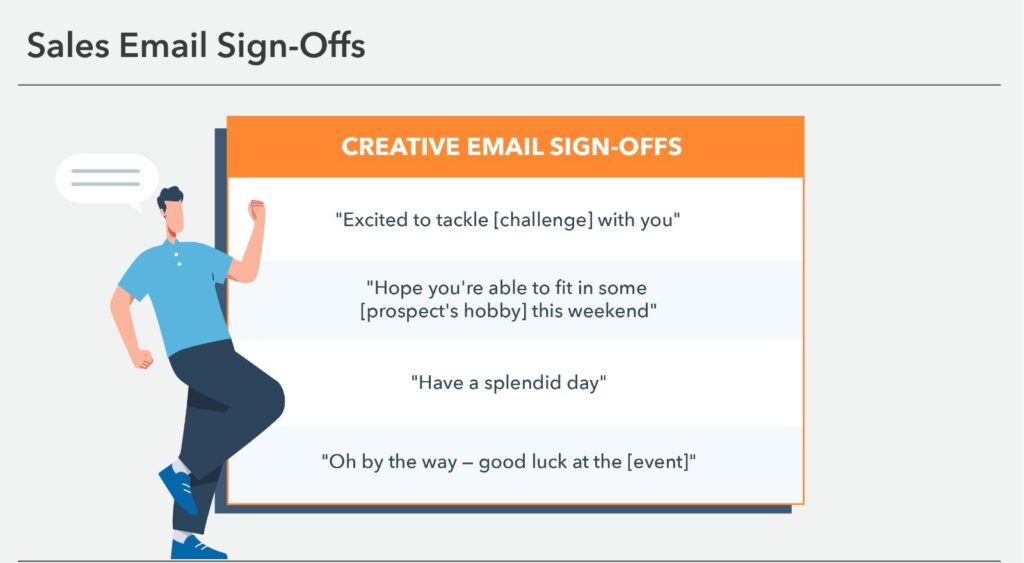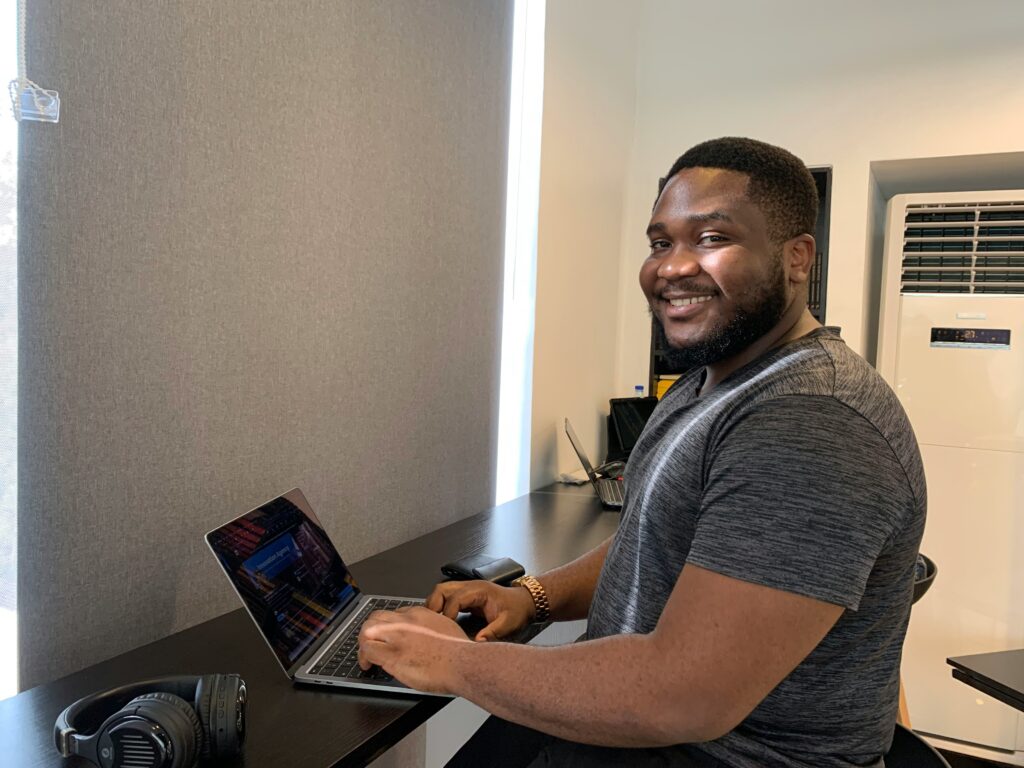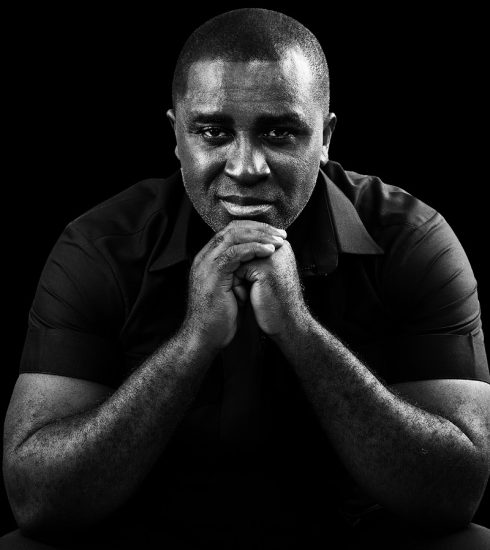Inbox, Who? Mastering Email Etiquette For Modern Professionals
Once upon a time, emails were a formal affair—used strictly for interoffice memos and painfully long chains of reply-alls. Fast-forward to 2025, and emails are still one of the most powerful tools for communication in the professional world. But here’s the plot twist: not everyone is doing it right.
Between tone-deaf openings, grammar slips, and confusing threads, it’s easy to come off as unprofessional without knowing it. In the era of remote work, lightning-fast communication, and a “just text me” mindset, mastering email etiquette is your not-so-secret weapon for standing out.

First Impressions Are Digital Now
Think of your email like a virtual handshake—it should be firm, clear, and confident. That means no “Heyyyy” in professional emails and definitely no ghosting. Start with a clear subject line (think: “Follow-up on Tuesday’s Meeting” instead of “Hi”), and use a warm but respectful greeting. “Hi Chioma” works far better than “Dear Sir/Madam” (unless you’re writing a cover letter in 1998). Bonus points for getting the person’s name right. Typos in names? Career suicide in slow motion.

Keep it Tight (And Right)
Nobody has time to scroll through a 500-word essay in an email. Respect your reader’s time by being concise, structured, and clear. If you have multiple points, break them into short paragraphs or use bullet points (when appropriate). Attach necessary files (with proper naming conventions), and if you’re referring to a previous conversation, link it back with clarity: “As discussed in Monday’s team call…”

Sign Off With Style And Sense
Your sign-off is your professional mic drop. Depending on the tone of the message, “Best regards,” “Warm wishes,” or even a simple “Cheers” work well. Include a neat email signature with your name, title, and contact info. Skip the inspirational quotes and flashing logos—less is more.
 Tone is Everything
Tone is Everything
Your tone must be on point without facial expressions or voice inflexions. You want to be friendly, not flippant. Polite, not robotic. Avoid using all caps (unless you’re yelling on purpose—which you shouldn’t be), and don’t overdo the exclamation marks. “Thanks!” is fine. “Thanks!!!!!!” might make your reader think you just won the lottery. Emojis? Use with caution, and only if the professional context and relationship allow it.
 Reply Like a Pro
Reply Like a Pro
Responding on time says you’re dependable. Leaving emails unread or replying two weeks later screams disorganisation. Even if you don’t have an answer yet, a quick “Got this—will get back to you by Thursday” earns professional points. And yes, reply to all only when necessary. The rest of the team doesn’t need to know you said “Thanks.”

The well-written one stands out like a perfectly tailored blazer in a sea of unread emails. So, whether you’re applying for your dream job, responding to your boss, or pitching a new idea, remember this: how you write says a lot about how you work. Inbox etiquette isn’t just polite—it’s powerful.






